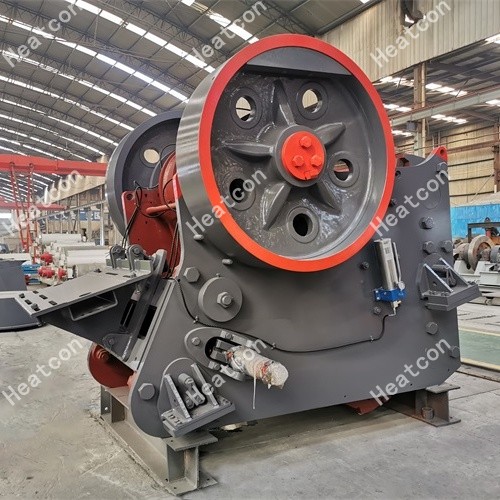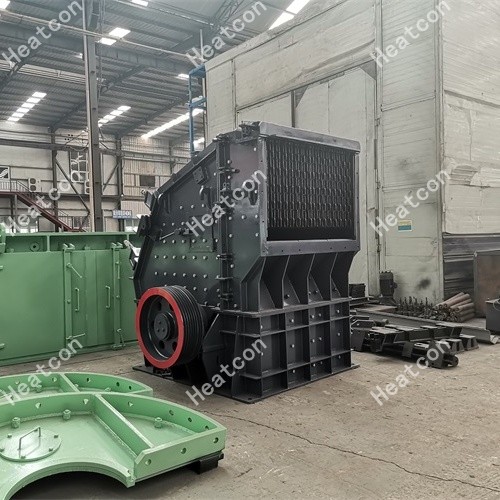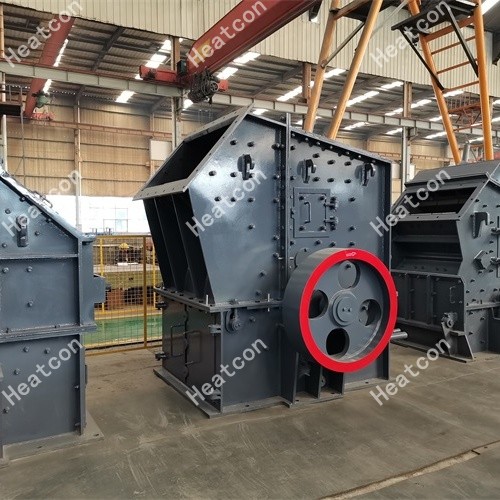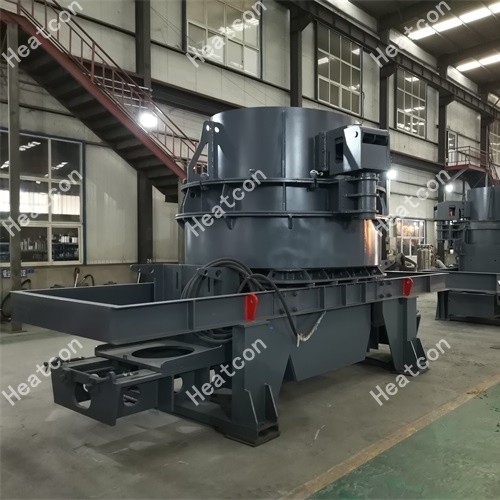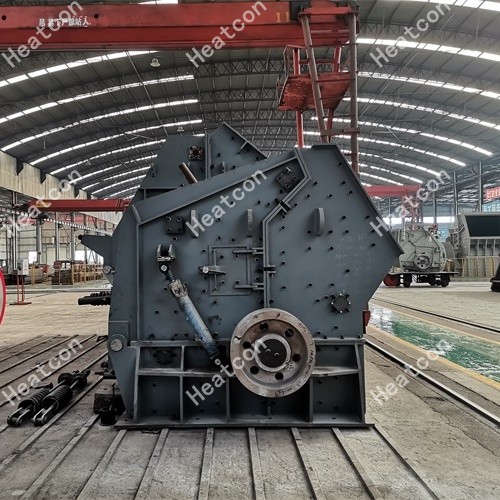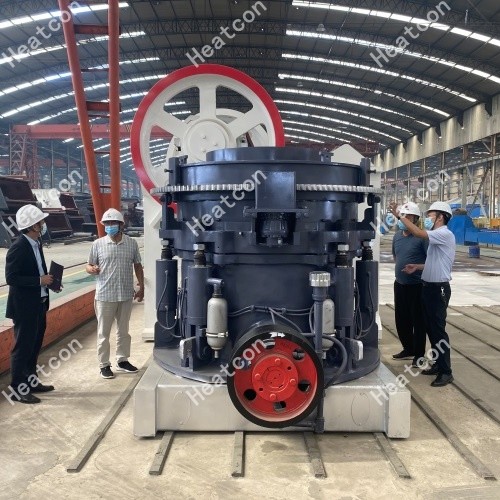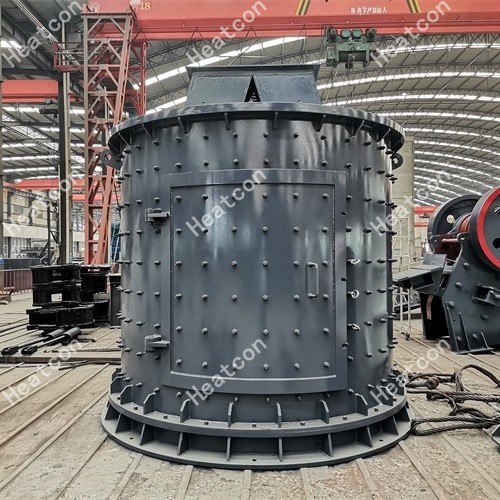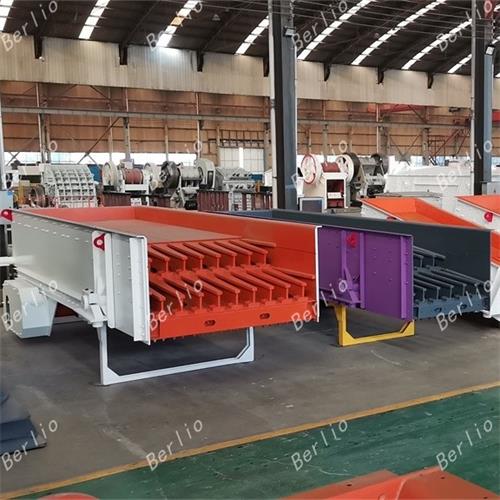Difference Between Traditional Grinding and ElectroDischarge Grinding
WebApr 27, 2019 Material is removed in the form of solid micro-chips. Material is removed in molten and vapour phases. In grinding, mechanical energy is directly utilized to remove excess material from workpiece in a controlled way. Material removal in EDG is based on thermal energy. So heat is primarily used to remove material from workpiece.
Read More
